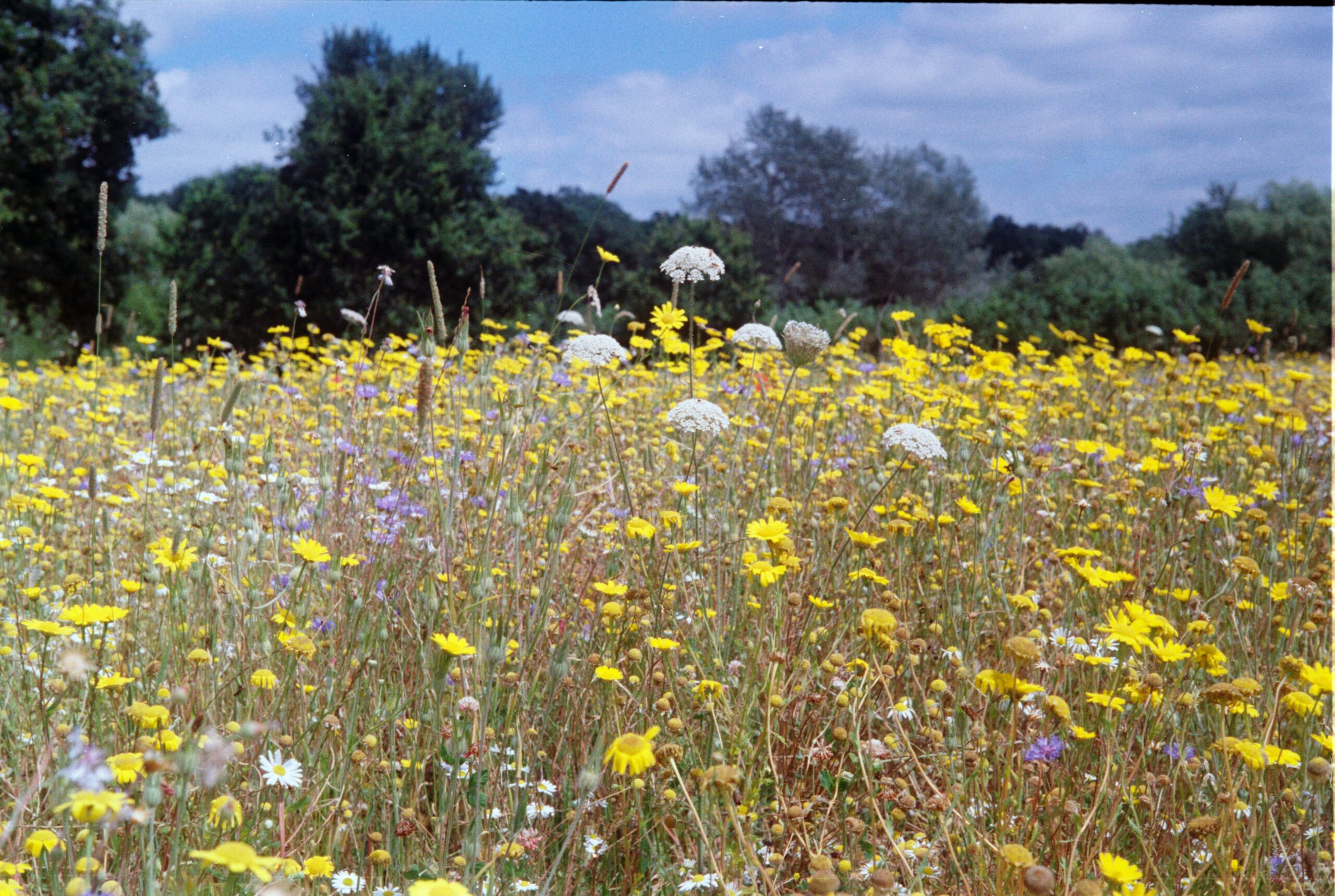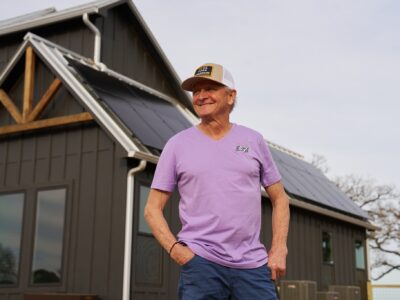When making a short list of images and ideas often brought up representing what it means to be an American, the lawn is difficult to top. Things are a bit different than before — more younger generations are renting than before — but for the vast majority of the post-war 20th century, you hadn’t truly “made it” in the U.S. until you had a plot of dirt with some green grass sitting on top of it. Even better if you surround it with a white picket fence, an essential tool for safeguarding the freshly baked apple pie sitting out to cool on the windowsill.
Since then, the lawn stood as a symbol of an almost uniquely American mentality that has existed ever since the first settlers arrived: a fierce need for independence, a desire to have somewhere to call one’s own, no matter how big or small “somewhere” is. But for the first time, the lawn has also found itself at odds with what society needs to be able to persevere.
That meticulous care many landowning citizens take of their grass to give it that vibrant, healthy sheen has recently begun to gain attention for the resources it consumes. As society searches for ways to tighten the belt and become more sustainable in all aspects of daily life, a growing number of people are stepping away from what they deem as excessive lawn care and the necessary water usage needed for the activity. Instead, they are creating “anti-lawns,” a twist on the American front yard that uses negligible resources and gives back to the environment.
For many movement participants, their anti-lawns didn’t start all at once. It was often incremental —a patch of gravel here, a few stray dandelions there — until eventually, many homeowners became aware of their land’s decreased reliance on intermittent rainfall or sprinkler systems.
If anything, the single greatest catalyst for anti-lawns was arguably the pandemic and subsequent shutdown for much of 2020. Boredom from sitting at home and a need for food supply independence created many first-time gardeners, a demographic that was quick to get creative in the face of newer restrictions on water usage in states like Utah or California.
There is no right or wrong way to build your anti-lawn. Common replacements for standard turf grass include succulent beds, mulch, or even gravel.
Others have turned their yards into garden beds full of plants that are friendly to neighborhood pollinators (and thus the entire ecosystem), edible, or simple collections of pretty flowers with low water requirements like periwinkle or California gold.
For LeighAnn Ferrara, the shift has brought exciting change with each passing season. “We started smothering small sections of the lawn each year with cardboard and mulch and planting them, and by now, the front yard is probably three-quarters planting beds,” says Ferrara of the plot at her home in White Plains, NY. “Every year, we do more.”
Whether the anti-lawns stay as a scattered post-pandemic trend or become part of greater cultural awareness around the impact of seemingly innocuous activities on the environment is unknown. What is clear is that more Americans are taking a more comprehensive look at where their carbon footprint comes from, even if it’s the land upon which they sit.
“… a lot have come to the realization it can’t just be ornamental anymore. It has to serve some other purpose, whether food, habitat … pack in as many uses as you can,” Alicia Holloway of the University of Georgia told PBS News. “It’s a shift in thought, in aesthetics.”





